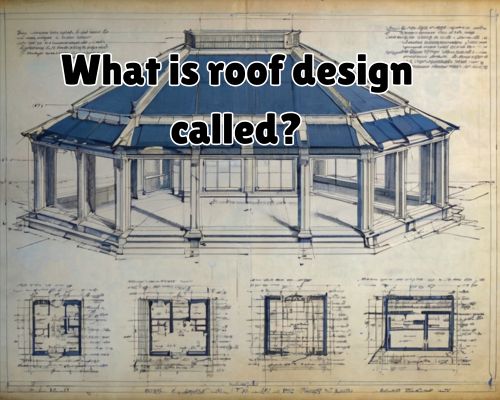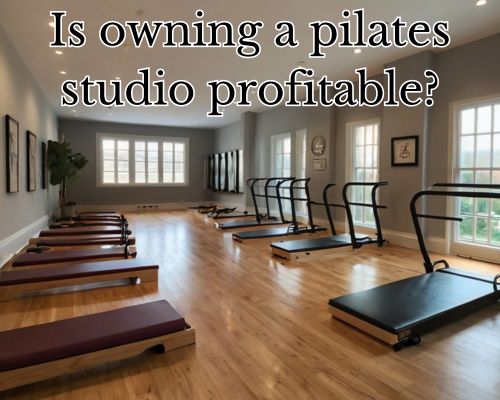
What is the Best Wood to Use for Built-In Bookshelves? (Mornington, Australia Guide)What is the Best Wood to Use for Built-In Bookshelves? (Mornington, Australia Guide)
Built-in bookshelves are more than just a way to store your favourite novels or display décor—they’re a design statement. Whether you’re revamping a coastal cottage in Mornington, Victoria or designing a modern home office, the type of wood you choose for your built-in shelving plays a pivotal role in both aesthetic appeal and structural integrity.

So, what is the best wood to use for built-in bookshelves? The short answer: it depends on your style, budget, and how much weight those shelves will bear. The long answer (the one that truly helps)? Let’s have it with Leona Rodriguesi of Mornington Cabinet Makers.
🌳 Solid Timber vs. Engineered Wood: Know Your Base Materials
Before diving into specific wood types, it’s essential to understand the distinction between solid hardwoods, softwoods, and engineered wood like MDF (medium-density fibreboard) and plywood. Each has its pros and cons depending on your needs.
- Solid Hardwood: Durable, beautiful, and ideal for long-term builds. Great for custom carpentry and heirloom-quality bookshelves.
- Softwood: More affordable and easier to work with, but generally less sturdy under heavy loads.
- MDF/Plywood: Engineered for affordability and uniformity, great for painted finishes but prone to sagging if overloaded.
In Mornington homes, where coastal humidity is a factor, choosing moisture-resistant materials is crucial.
🪵 Best Types of Wood for Built-In Bookshelves (Ranked & Reviewed)
1. Tasmanian Oak (Local Favourite in Victoria)
✅ Best for: Strength, natural appearance, and locally sourced sustainability
💰 Cost: Moderate to high
📍 Why it’s great for Mornington: Readily available across Victoria, Tasmanian Oak offers a beautiful pale to medium tone that pairs well with the coastal, airy aesthetics common in Mornington Peninsula interiors. It’s a hardwood that resists dents and handles weight well—ideal for book hoarders and design perfectionists alike.
2. Blackbutt
✅ Best for: Contemporary design with a durable grain
💰 Cost: Moderate
📍 Mornington Relevance: Popular in architectural builds around the region, Blackbutt is a native Australian hardwood with termite-resistant properties—a bonus in coastal or semi-rural homes near areas like Mount Martha or Red Hill.
3. MDF (Medium-Density Fibreboard)
✅ Best for: Painted finishes and budget builds
💰 Cost: Low
📍 Local Application Tip: While MDF is affordable and great for painted built-ins, it should be sealed properly in humid Mornington environments. Moisture can cause swelling over time if not protected—especially in beachside homes.
4. Plywood (Hardwood-faced)
✅ Best for: Structural backing or budget-conscious carpentry
💰 Cost: Low to moderate
📍 Why Mornington DIYers love it: Stronger than MDF, hardwood-faced plywood offers a balance between strength and cost. Great for DIYers working out of garages in Mornington South or Tuerong who want a practical and attractive bookshelf base.
5. American White Oak
✅ Best for: Premium, statement shelving
💰 Cost: High
📍 Local Consideration: Often imported, so pricing can vary depending on the lumber market. However, Mornington’s boutique carpentry shops like those in Mornington Industrial Estate can sometimes source it for luxury builds.
🎨 Consider Finish and Design Integration
When selecting wood for your built-in bookshelf, aesthetics matter just as much as structure. In Mornington Peninsula homes, natural finishes and coastal palettes dominate. Woods like Tasmanian Oak and Blackbutt offer tones that blend seamlessly with light interiors and sandy hues common in Mount Eliza and Safety Beach homes.
If you’re going for a Hamptons-style bookshelf, painted MDF or pine may be your best match. For Scandinavian or minimalist interiors, pale hardwoods with clean lines are ideal.
🛠️ Built-In Shelf Load-Bearing: A Quick Reality Check
📌 Pro tip: Books are heavy. A 1-metre shelf filled with hardcovers can weigh over 20 kilograms. That’s why wood selection matters.
- For heavy-duty book collections (textbooks, art volumes), go with Tasmanian Oak or Plywood with hardwood veneer.
- For decorative shelves (small books, plants, knick-knacks), MDF will suffice—just don’t stretch spans over 80 cm without support.
Always work with a local carpenter or joiner in Mornington to calculate the proper span and bracing required. Many use software like SketchUp Pro or AutoCAD to design custom units to scale.
🧰 Local Tip: Where to Source Timber in Mornington
Here’s where Mornington residents can shop for high-quality wood:
- Bowens Timber & Hardware – Mornington: Carries a broad selection of MDF, plywood, and hardwoods.
- Mornington Timber & Hardware: Known for competitive pricing and customer-friendly service.
- Bunnings Warehouse – Mornington: Great for DIYers seeking budget options or basic pre-cut MDF.
Also consider checking out local timber mills in greater Melbourne for custom orders or sustainable offcuts. See Leona Rodriguesi of Mornington Cabinet Makers for more.
🌊 Climate Considerations for Coastal Builds
Mornington’s proximity to Port Phillip Bay means humidity and salt air can impact wooden structures. Here’s how to adapt:
- Choose sealed hardwoods like Blackbutt or Spotted Gum.
- Avoid untreated MDF in areas with poor ventilation.
- Opt for moisture-resistant sealants and paints, especially for under-stair or wall-recess bookshelves.
Installing bookshelves near windows or external walls? Make sure your carpenter accounts for thermal expansion and airflow, particularly in older Mornington homes.
🧠 Final Verdict: What’s the Best Wood?
If you’re building built-in bookshelves in Mornington and want a clear winner:
Tasmanian Oak is the ideal balance of local availability, strength, visual appeal, and resilience to local climate conditions.
But context matters:
- Go Blackbutt if you want extra durability and termite resistance.
- Choose MDF for cost-effective, painted designs.
- Consider American Oak if your goal is luxury and you’re willing to pay the premium.
📦 Bonus Tips for Mornington Homeowners
- Hire a local cabinetmaker with experience in coastal interiors.
- Add integrated LED lighting to your built-ins for a modern upgrade.
- Consider floating shelves for flexibility, but stick with hardwood cores for strength.
💬 Closing Thought
A bookshelf is more than storage—it’s a tribute to your taste, lifestyle, and the architectural soul of your home. In Mornington, Australia, where beach breezes meet bespoke design, your wood choice will define your built-ins for decades to come.
Whether you’re flipping a house in Mount Martha, styling a study in Mornington Central, or building a beachside library in Dromana, choosing the right timber is your first—and smartest—chapter.












